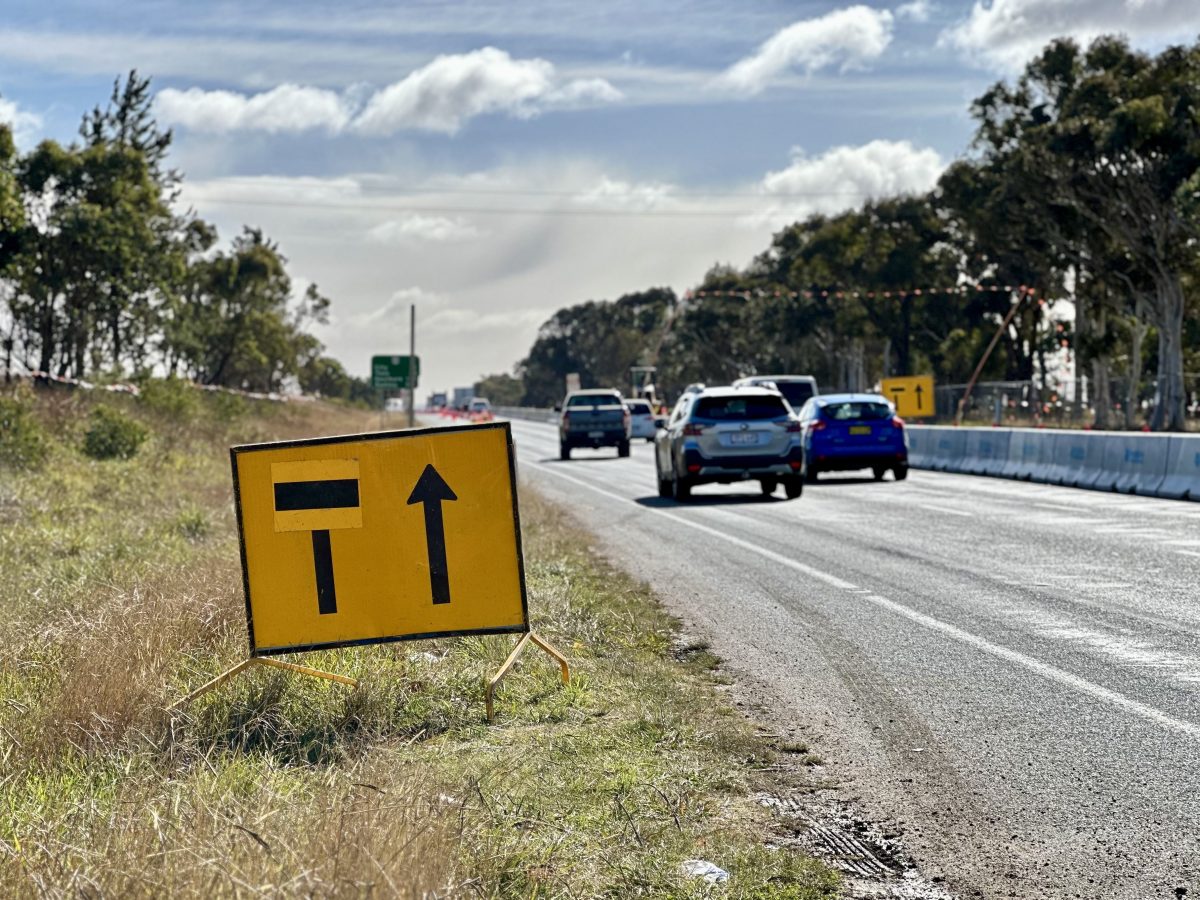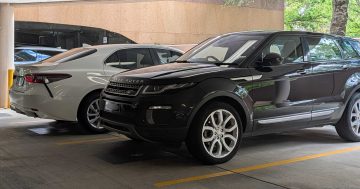
When it comes to merging, how soon is too soon? Photo: James Coleman.
There are two kinds of people in the world: those who know how to merge, and those who don’t.
Everyone thinks they’re in the first category and feels unbridled rage towards the other.
Those who wait patiently in a long line of traffic, dutifully preparing for the upcoming merge, feel a hot flood of rage when along comes some joker in the left-hand lane, only to jump the queue and slip seamlessly in at the last possible moment.
Now, I will share which side of this dichotomy I fall into. With fair warning, I have a sneaking suspicion I’m in the minority on this one. It is a dark secret I have long carried with me, until now.
It is I – the person who passes banked up traffic and merges at the last possible moment – or, as I like to call it, where the merge is.
Now, hear me out, because – unsurprisingly – I think it is you who is wrong.
They call it a ‘zipper merge’ for a reason. You’re not zipping properly. What you’re creating is more of a Something About Mary situation – and you, my friend, are the object preventing an efficient zip.
Recently, I felt the searing glares of the anti-merge brigade on the back of my neck as I made a choice that many consider unforgivable. I drove past a long line of cars queued up a kilometre before any actual construction began – before a single traffic cone or warning sign was in sight.
I can only surmise that this line consisted of drivers who made this commute daily, and therefore knew there was a merge on the (distant) horizon.
As did I.
But rather than join the end of what was clearly a premature lineup, I left-laned it past them in pursuit of – dare I say it – the actual merge point. I knew I was making a bold stance.
More specifically, I was making peace with being the target of disapproving glares and a quiet chorus of “I hate people who do that!”
I suspect this is where the perceived righteousness of this behaviour becomes nuanced: Was I already in the left lane, or did I intentionally veer into it to avoid the line?
I will not be disclosing this information, and I thank you for respecting my privacy at this time.
But therein lies the catalyst for the social outrage. While this manoeuvre is totally legal – perhaps even sensible – it remains socially loaded and triggers our sense of personal justice.
And that’s the thing – on the road, it’s never just a disagreement about the practicalities of road usage. It’s personal.
Something about being behind the wheel of a vehicle can transform otherwise calm and rational human beings into vengeful crusaders of moral superiority.
The smallest perceived error becomes an unforgivable character flaw. It’s never “That driver failed to indicate properly”, it’s simply “What a total &#%$”.
It’s not unlike the endless debate over whether it’s ‘okay’ to recline your seat on a plane. A fiery debate I will not weigh in on. One unforgivable faux pas at a time, please.
These are polarising issues. But – and don’t come for me too hard – whilst I appreciate plane seat etiquette has many grey areas and variables, merging doesn’t! There’s a correct way and an incorrect way to do it. However, it feels as though when it comes to merging, being ‘right’ does not equate with being ‘good’.
The late merge – also known as the ‘zipper merge’ or ‘just the proper way to do it’ – is not simply a self-serving manoeuvre. It’s not ‘cutting in’. It’s an efficient, evidence-based traffic solution.
It keeps traffic flowing, reduces congestion, and actually makes things fairer – if, and only if, everyone does it.
But when overly prepared drivers act too far in advance, they develop a wholly unnecessary queue. And so we sit, static but socially superior, an entire postcode away from this minor traffic interruption, and anyone who charges ahead in pursuit of the zipper merge is cast as the villain.
But if you think about it, they’re doing it for all of us.
Not all heroes wear capes – some just indicate and merge effectively.













